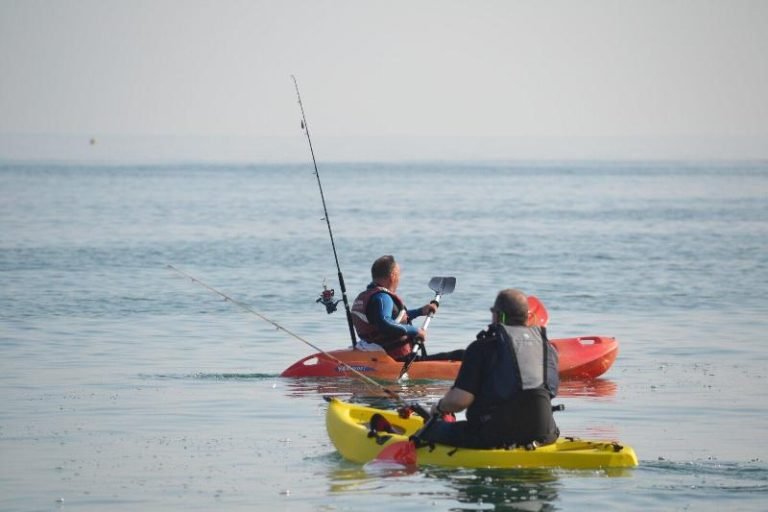Did you know the sports fishing equipment market is expected to reach $ 5.64 billion by 2033? This shows the increasing popularity of fishing.
Fishing enthusiasts know that the right gear can make or break a day on the water. For offshore fishing, this is even more true. The seas can be unpredictable, and the fish are often bigger.
Success depends on choosing equipment that fits your needs. Whether you’re a seasoned angler or new to the sport, knowing what to look for can improve your experience. Read on to learn key considerations to enhance your fishing experience and success.
Assess Your Fishing Environment
Fishing conditions can vary based on location, weather, and time of year. Before upgrading your gear, assess where you’ll be fishing and what types of fish you aim to catch. The water depth, seabed type, and current can all impact what gear is most suitable.
Additionally, check the local regulations regarding size and species to ensure you’re prepared. Knowing the environment helps narrow down your fishing gear essentials. This ensures you’re equipped for anything the sea throws your way.
Essential Rod and Reel Combinations
When it comes to fishing, your rod and reel combinations play a vital role in your success. Here as some things to keep in mind
Rod
Choose a rod that’s flexible yet strong enough to handle larger fish. Typically, a medium to heavy-action rod is suitable for offshore fishing.
Look for rods made from durable materials like fiberglass or carbon fiber. Make sure it feels comfortable in your hands, as you may be holding it for long periods.
Reel
Look for a durable spinning or baitcasting reel with a high gear ratio for effective retrieval. A smooth drag can help tire out a fish while keeping your line intact.
Additionally, consider a reel that’s saltwater-rated. This is to resist corrosion from the harsh marine environment.
Line Selection
Your choice of fishing line is as important as any other component of your setup. When heading offshore, a braided line is popularly favored due to its strength and thin diameter. This allows for greater casting distance and sensitivity.
Test line strength ranges typically between thirty to eighty pounds, depending on the targeted species. For larger fish, opt for higher-pound test lines.
Choose the Right Bait and Lures
Choosing the right bait and lures is essential for fishing. Live bait like sardines or squid is great for attracting big fish. Artificial lures, such as poppers or trolling lures, can also be very effective.
Bright colors work well in clear, deep waters. Heavier lures are helpful because they sink faster in strong currents.
Try different types to see what attracts the fish in your area. Always bring a mix of lures and bait to be ready for different conditions.
Additional Fishing Gear
While rods, reels, line, and bait are essential, several other tools can greatly enhance your fishing experience. Consider investing in:
- Fish finders
- Tackle boxes
- Safety gear
- Life jackets
- Boots
- First-aid kits
For those looking to dive deeper into selecting the right gear, visit Flopindustries.com. They offer a wide range of fishing equipment for all skill levels.
Selecting the Best Offshore Fishing Gear
In conclusion, picking the right gear for offshore fishing requires thoughtful consideration of your environment, equipment, and fishing strategy. Remember to assess conditions beforehand, select the right rod, reel, line, and bait, and invest in additional safety and tech tools.
By preparing adequately, you’ll enhance your angling adventures. It can also increase your chances of landing that elusive big catch.
If you’d like to learn more, check out the rest of our website!

